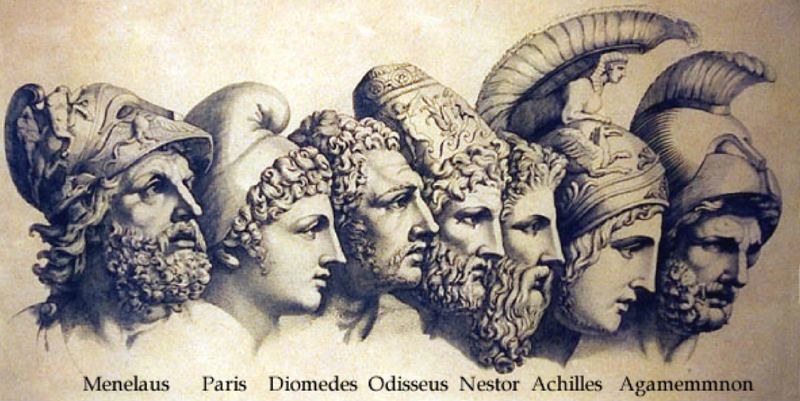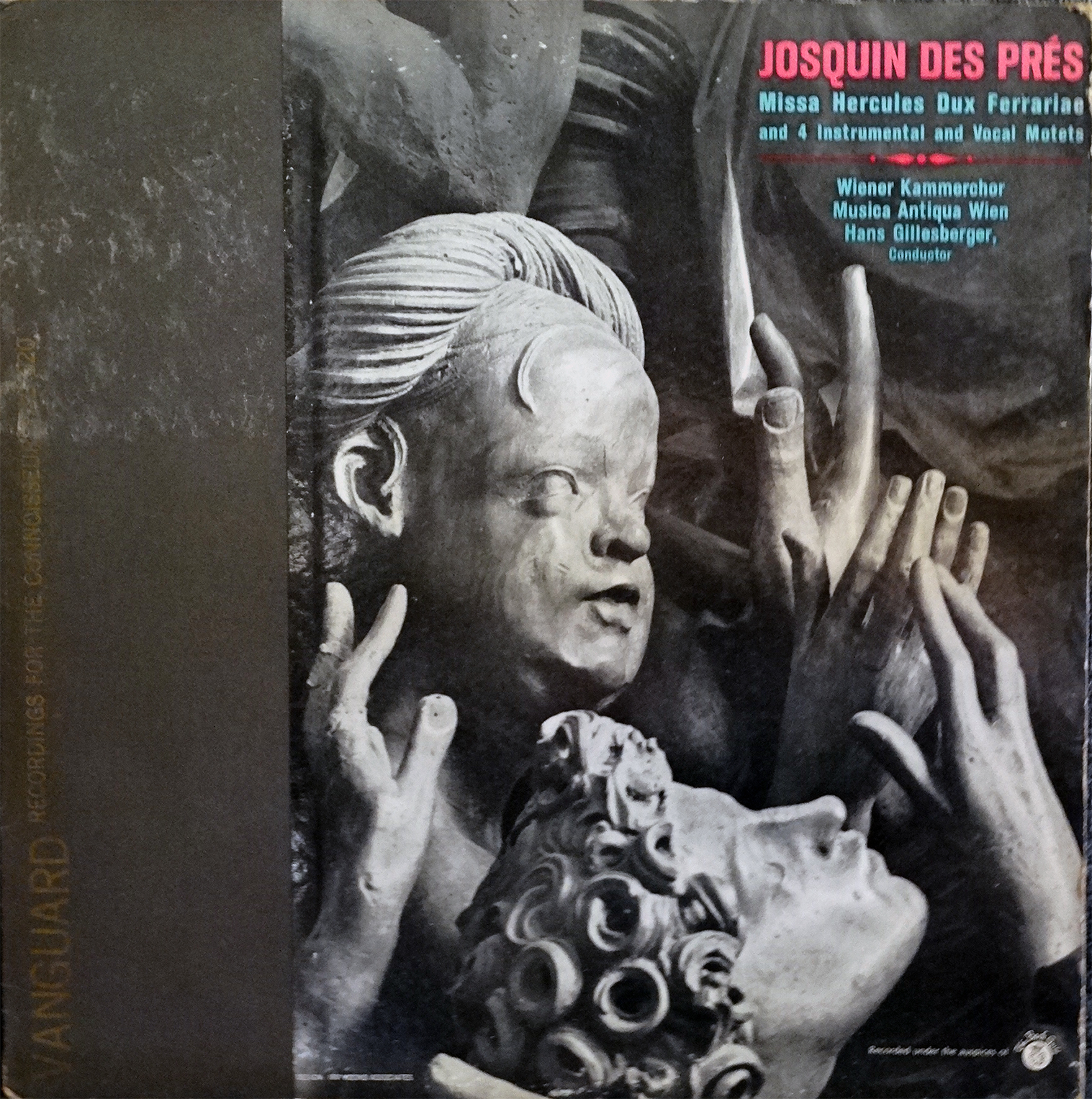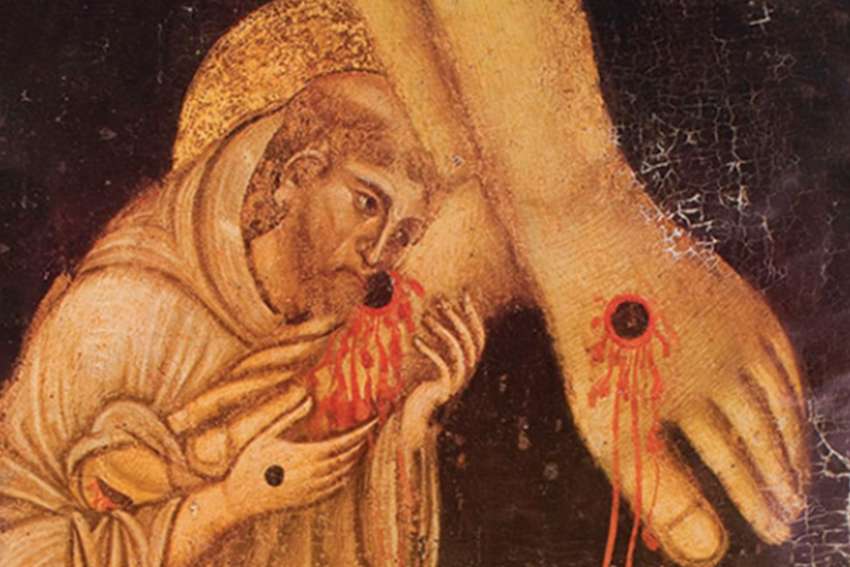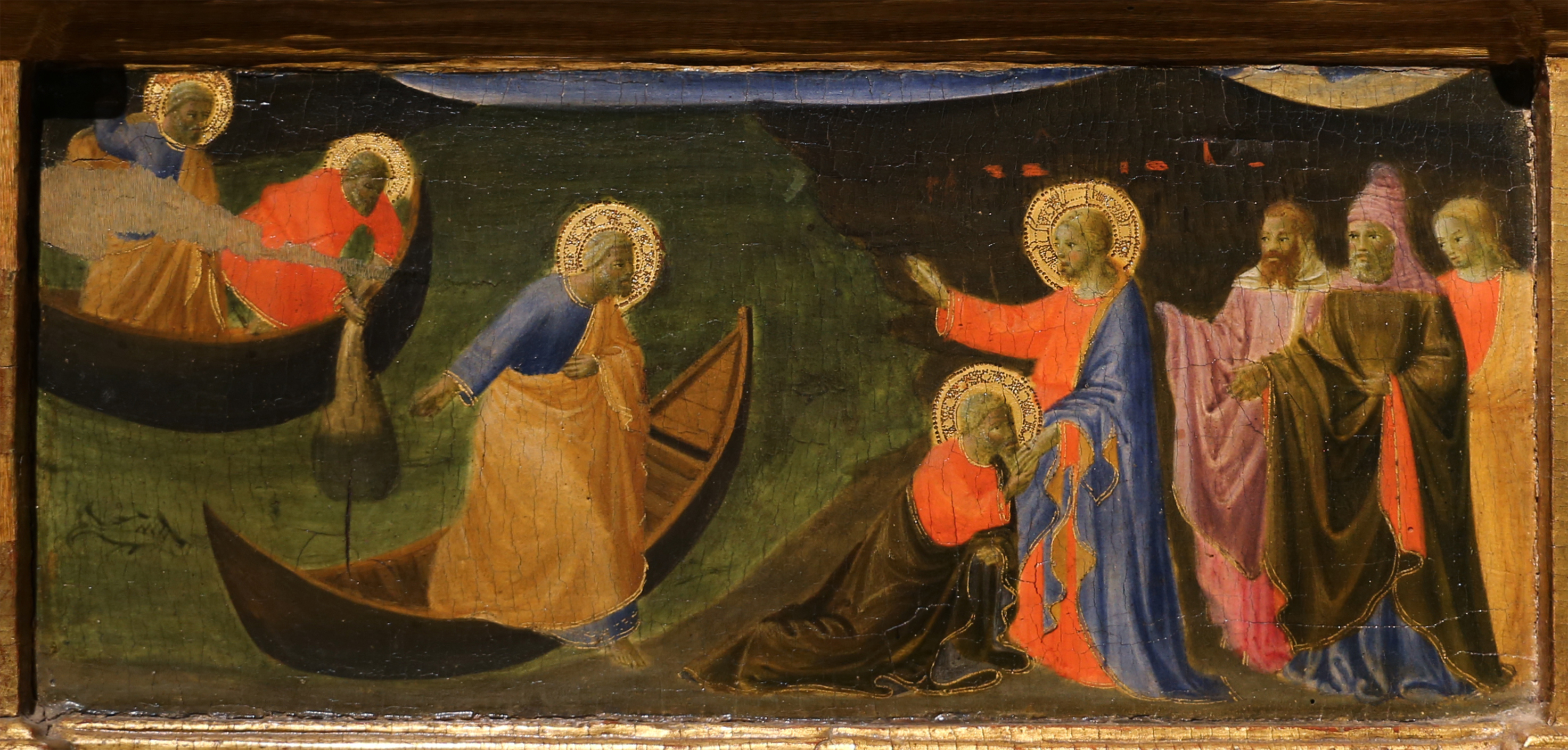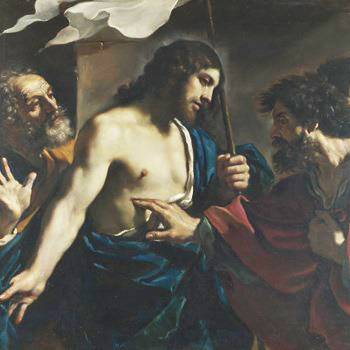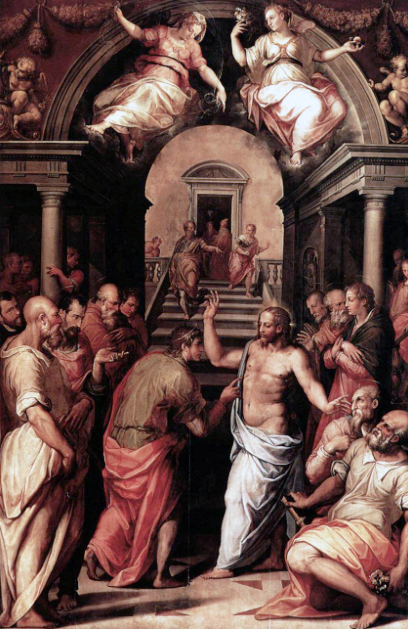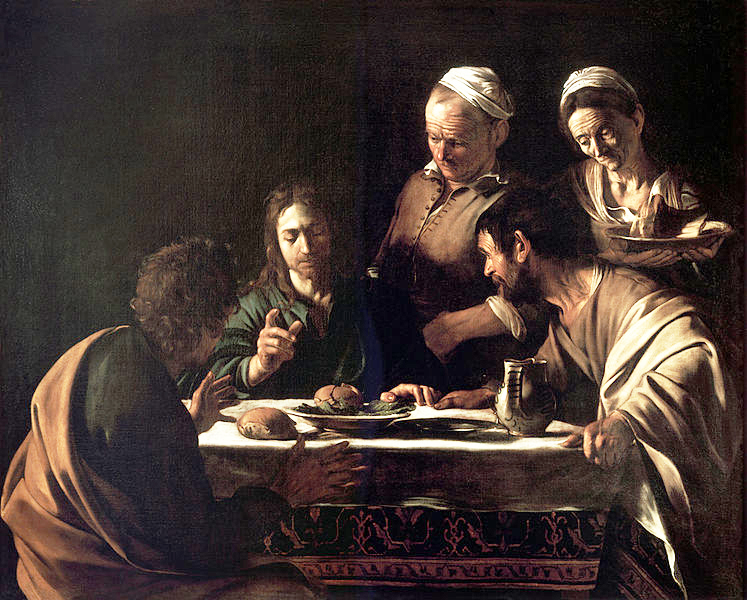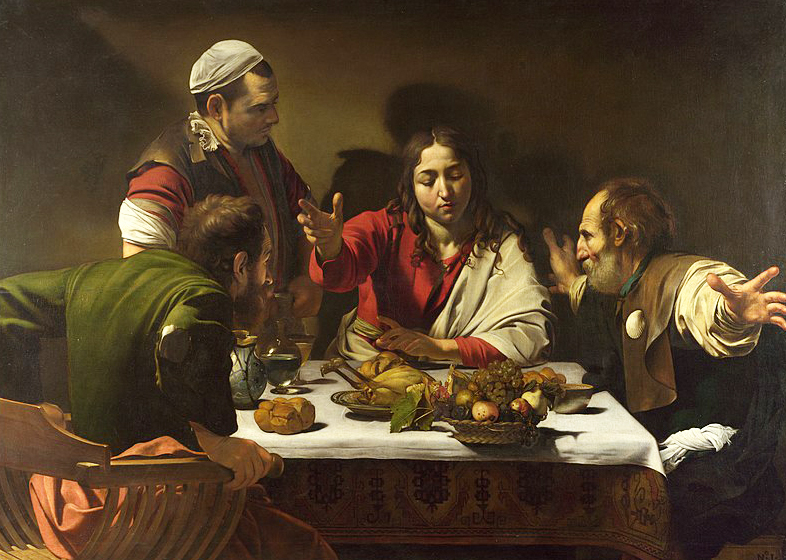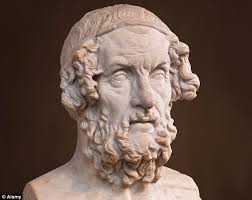 A few decades ago I heard non-Christian Octavio Paz (1914-1998) assert on television that Dante was the quintessential poet of the West. Something rebelled in me when I listened to Paz, my then hero of the Cervantes language, but only until now can I answer such an aberration.
A few decades ago I heard non-Christian Octavio Paz (1914-1998) assert on television that Dante was the quintessential poet of the West. Something rebelled in me when I listened to Paz, my then hero of the Cervantes language, but only until now can I answer such an aberration.
Like many other intellectuals, historians, and writers, Paz confused Western Christian civilisation with European civilisation. But Christendom is not the West. Christianity was the psychotic breakdown that the West has suffered since Constantine began to impose the god of the Jews on a race that has been non-Christian for much longer than Christian. What Albus said on this site when commenting on the sacred music of Johann Sebastian Bach we could apply equally to Dante’s great poem:
As a former Catholic I have stopped visiting any church building for all my life. Never again a famous cathedral will impress me, especially not out of an interest in art. It took me major efforts to recognise that Christian representations in art and ‘sacred music’ are without exception infectious material, propaganda means of subjugation, the original degenerate art for Aryans. One should shrink from letting any such product enter into perception as one would shrink from the sight of the mutilated corpses of children. Aryan Weltanschauung demands logical consistency and gravitas wherever we go.
That is very true, and we could also shrink from Dante’s Commedia. The white race won’t be cured of its ethno-suicidal drive until it dares to repudiate an alien religion. Dante is not the poet of the West as the Nobel Prize winner of literature said, but Homer. And if we want to reconnect with the world prior to the religious drift that now has reached a florid psychosis (see the psychological articles in my recently published Daybreak), we have to rescue our real European roots.
Before the traitorous Roman emperors imposed a Semitic cult on the white man, the Iliad was considered something like the Bible of the Greco-Roman world: which makes perfect sense as, unlike the Bible in which all heroes are Jews, in the Iliad all heroes are Aryans.
No wonder that much of the content in the Library of Alexandria that our ancient enemies burned was commentary on the Iliad. (Just as, after the destruction of the Aryan world, our treacherous libraries have contained a myriad of books commenting on biblical passages.)
I recently said that after my new book was published the character of The West’s Darkest Hour would change, and that I was going to follow Manu Rodríguez’s advice about creating a new ecclesia. To do this we have to build more centres like the Parthenon in Centennial Park, the large-scale replica of the original Parthenon in Athens. But the difference is that these new temples, very small at the beginning, would be run by priests of the fourteen words and used to preach to the fair race. For example, instead of television and movies produced by our enemies, a song of the Homeric poem would have to be memorised and recited as it used to be performed and as Homer himself did without customs, sets or props but in a modest room, where even the children liked it.
How many have seen, performed live and from memory, at least one of the twenty-four songs of the Iliad as it used to be performed since Homer? The translated text that we can buy in bookstores is a dead letter. By contrast, in the ancient world Homer’s poem was represented by a single man who recited it with emotion. Compare such a bare performance with the mass-consumption poison that non-Gentiles make us see and hear thanks to billions of American dollars.
It is estimated that Homer could have lived in the 8th century b.c.e. in Ionia. To visualise the epic narrated by a single man you have to forget all the neoclassical paintings because the Homeric Hellenes were blond. See the articles in The Fair Race that prove it. Alas, after the Aryan apocalypse, also narrated in that same book that I compiled, Ionia, present-day Turkey, became a land of mudbloods…
Those who could really appreciate the Iliad would be those Aryans who wanted to re-conquer those lands for their race (e.g., the National Socialists), as the Iliad is circumscribed in the genre of the epic of the conquest of the peninsula and its islands by the blond beast of the north.
